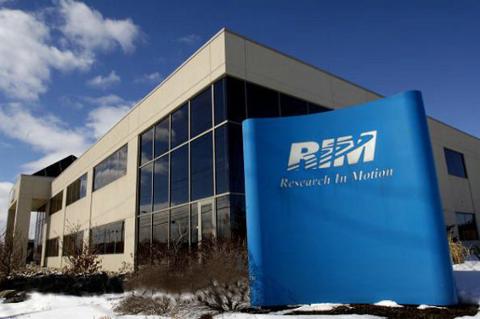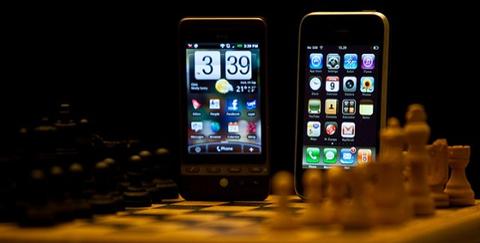RIM's Playbook Hits Shelves at Best Buy. But Why?
RIM's release yesterday of the Playbook clearly laid out the company's vulnerabilities. Caught between the consumer and the enterprise it appeared to go for both -- and reached neither. Research in Motion is enterprise. It's theirs to lose. And it's theirs to defend. So why release the Playbook to Best Buy? So consumers can touch it, hold it and compare it side by side with the iPad. But no matter whether or not it's better than the iPad, they won't see the Playbook in the office any time soon: Half the companies who plan deploy tablets, if they're not already, will deploy iPads. Trust me, IT departments won't support another platform if they don't have to. So RIM is trying to get back into the enterprise through the door that Apple opened. It's nudging consumers to bring the Playbook to work by talking it up and demanding it. But what's there to demand? The tablet has built in WiFi, but if you're not in a hotspot you'll need a Blackberry to connect. It has no native email, or calendar or address book installed. And it has only 3,000 apps in its apps store. The device (which many critics say is unfinished) may only be RIM's placeholder until the 4G arrives later this year. In the meantime, Best Buy customers will have held it, surfed the net and played with a very slick OS. Will this help RIM bridge the gap between the consumer and the enterprise? And is it a smart strategy? It's not clear, but it's a tough nut to crack.



